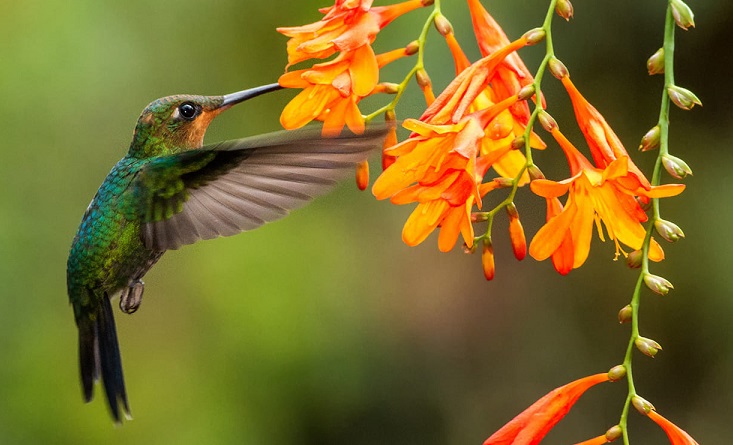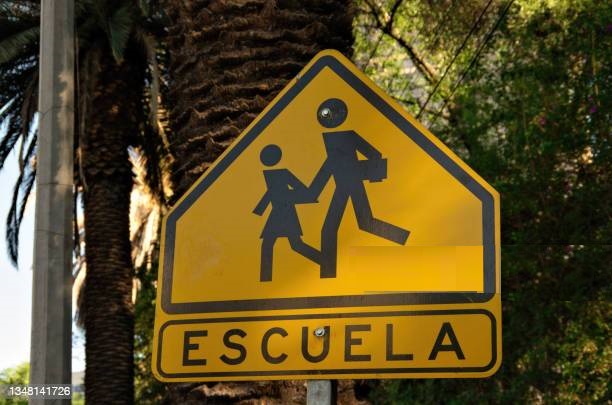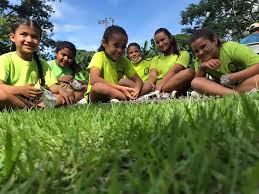Gardening To Attract Wildlife in Nosara
Nature has one job: to bring life into existence and to keep it thriving – a job it does exceptionally well without human interference. However, as the population rises in Nosara, it takes a toll on local ecosystems. As a result, the countless species of wildlife these systems support begin to decline.
Currently, there are some great organizations doing amazing work to reforest our local beaches and attract more wildlife to Nosara. But how do we, as homeowners and community members, support these ecosystems? How do we attempt to compensate for the loss of wildlife that we all came here to enjoy in the first place?
Gardening to Attract Wildlife: Start in Your Own Backyard
There are several methods to make your property more wildlife friendly. Essentially, however, it begins at home, in your back yard. In this article, we’ll explore techniques to attract a variety of species to your Nosara property. However, while we all want to see more monkeys in our gardens, the first step is to start small and let nature take its course. When gardening to attract wildlife, we start by attracting pollinator species.

Pollinators: Bees, Birds & Butterflies
Pollinator species are searching for two things:
- Nectar: Nectar is high in sugars and serves as pollinators’ primary energy source.
- Pollen: A complete protein and fat source and the preferred diet of all pollinators.
Gardening to Attract Wildlife Sounds Great, But I’m Not a Gardener. Where Do I Begin?
1. Consult your local nursery
This is Costa Rica. The most “biodiverse country” on the planet. If this article were to list every pollinator-attracting plant that grows in Nosara, you’d be reading an entire volume. Your best bet is to speak to experts, whom can be found at the local native plant nurseries. In the meantime, here are some general tips.
2. Use local native plants.
The flora of Nosara has evolved in tandem with, and is inextricably linked to, the area’s fauna. For tens of thousands of years, these symbiotic, mutually beneficial partnerships have been the key to Nosaras ecosystem. Consequently, native plants are already perfectly adapted to local growing conditions, are a recognized food source for animals and insects, and can thrive with minimum attention.
3. Choose different coloured flowers.
Bees have excellent color vision to aid them in locating flowers and the nectar and pollen they provide. Blue, purple, violet, white, and yellow are some of the most attractive flower hues to bees. Similarly, hummingbirds have no sense of smell, but their eyesight is exceptional. In addition to red, they are drawn to orange, pink, and yellow.
4. Plant flowers in clusters.
Plants laid out in clumps will attract more pollinators than plants scattered over a larger area. Make the clumps at least four feet across where possible.
5.Use a variety of flower types and shapes.
Around 100 of Costa Rica’s approximately 650 species of bees live in Guanacaste. Like hummingbirds and butterflies, they range in size, tongue length, and floral preference, and will all feed on different-shaped flowers. Offering a wider variety of flower significantly increases the likelihood that more pollinators will enjoy them.
6. Think seasonally
Pollinator species are all generalists and will feed on a wide array of plants throughout the year. To keep pollinator species coming to your garden, be sure to include plant species that flower all year round.
7. Plant where pollinators love
Pollinators, particularly bees and birds, favour sunny spots over shade and need some shelter from strong winds.
8. If a Tree Falls in The Forest………..
Anyone who has been to Nosara knows the local environment contains some of the grandest, oldest, most spectacular trees you’ll see anywhere. Dead trees, or trees that have fallen? Those are at best overlooked, and at worst removed. Unless they’ve fallen on the road, or through your roof, don’t remove them.
Dead trees act as nutrient-rich natural fertilizers. They sustain topsoil and deposit minerals in the form of fallen leaves and branches, which, if left alone, will produce rich, organic superfoods for the soil, fungus, insects, vegetation, and everything else that supports a healthy and biodiverse ecosystem. Additionally, trees that are dead or dying, as well as living trees that have died but are still standing, contribute to soil stability and water conservation and make great natural wind barriers.
In short, if you’re a stickler for a neat garden, and can’t stand the thought of decaying trees or other dying plants hanging around, you’ll wind up with a garden that looks decent, requires a bunch of maintenance, and attracts little wildlife.
9. Let Nature Take its Course
Pollinator plants attract pollinator species, which encourage the growth of everything from more pollinator plants, to large fruit trees such as mango, banana, and others that the bigger mammal species go crazy for. By beginning with pollinator species, and then just letting your garden run wild, you’ll eventually have a place that monkeys, squirrels, coatis, and wildcats love.

In 2019, Nosara’s Harmony Hotel reported an Ocelot living on it’s grounds. They attributed it’s presence to an abundance of native plants. Photo Credit: Harmony Hotel.
Gardening to Attract Wildlife. Which Native Plants Should I Choose?
As mentioned, Nosara is home to a gazillion pollinator-attracting native plants. To find out what’s right for you, consult your local nursery. In the meantime, here is a short list of readily available, easy-to-grow native pollinator plants that require little maintenance, attract a wide range range of pollinators, and serve as baseline ingredients for a soon-to-be thriving ecosystem.

Common Name: Coral
Scientific Name: Odontonema tubaeforme
Family: Acanthaceae
Plant Type: Shrub
Info: The common name for this plant is variously derived from the bright crimson flower bract that resembles a coral head, or from its striking red color. Hummingbirds and butterflies find it to be an important source of nectar.

Common Name: Icaco
Scientific Name: Chrysobalanus icaco
Family: Chrysobalanaceae
Plant Type: Shrub or Small Tree
Info: This evergreen shrub blooms with beautiful flowers throughout the dry season and requires little to no maintenance. Its fruits are eaten by iguanas, birds, monkeys, and much more.

Common Name: Pinuela
Scientific Name: Bromelia pinguin
Family: Bromeliaceae
Plant Type: Bromeliad
Info: The pineapple plant, also known as the spikey bromeliad, is a beautiful tropical flower with a brilliant red bloom at its heart when it blooms. The pinuela is a great option for those looking to construct a natural fence.
 Common Name: Piper
Common Name: Piper
Scientific Name: Piper Umbellatum
Family: Piperaceae
Plant Type: Shrub
Info: Bats eat the fruit and, in return, disperse the seeds. This plant is also an excellent hedge for a natural-looking border around a lawn.

Common Name: Flor Blanca
Scientific Name: Plumeria rubra
Family: Apocynaceae
Plant Type: Tree
Info: A beautiful, tall tree with architectural blooms and branching configurations. Hummingbirds are attracted to the flowers.

Common Name: Lantana
Scientific Name: Lantana camara
Family: Verbenaceae
Plant Type: Herb
Info: It herbaceous shrub plays an important role in the ecosystem due to the massive array bees, butterflies, and other pollinators it attracts. It is frequently seen growing near Asclepias curassavica (Viborana), where Monarchs are sure to visit.

Common Name: Tabacon
Scientific Name: Anthurium cubense
Family: Araceae
Plant Type: Epyphite
Info: Epiphyte is derived from the Greek words epi (upon or upon) and phyton (plant).In simple terms, it grows on trees, often to a tremendous size.

Common Name: Viborana
Scientific Name: Asclepias curassavica
Family: Apocynaceae
Plant Type: Herb
Info: This plant, often known as Milkweed and sometimes called Queen Millet, is where the local Monarch butterflies deposit their eggs. It is an essential element of their natural environment and has lovely yellow, orange, and crimson flower bracts that attract other insects.

Common Name: Pico de Pajaro
Scientific Name: Hamelia patens
Family: Rubiaceae
Plant Type: Shrub
Info: Pico de Pajaro is distinguished by red leaves, dark purple berries, and brilliant orange blooms. Fans of its fruit include hummingbirds, which also drink the nectar from the flowers.

Common Name: Robo de Gato
Scientific Name: Stachytarpheta frantzii
Family: Verbenaceae
Plant Type: Shrub
Info: Named after a type of cat, Robo de Gato is a soft-leafed shrub with long bracts of purple flowers. It is a popular plant with hummingbirds, butterflies, and bees.





